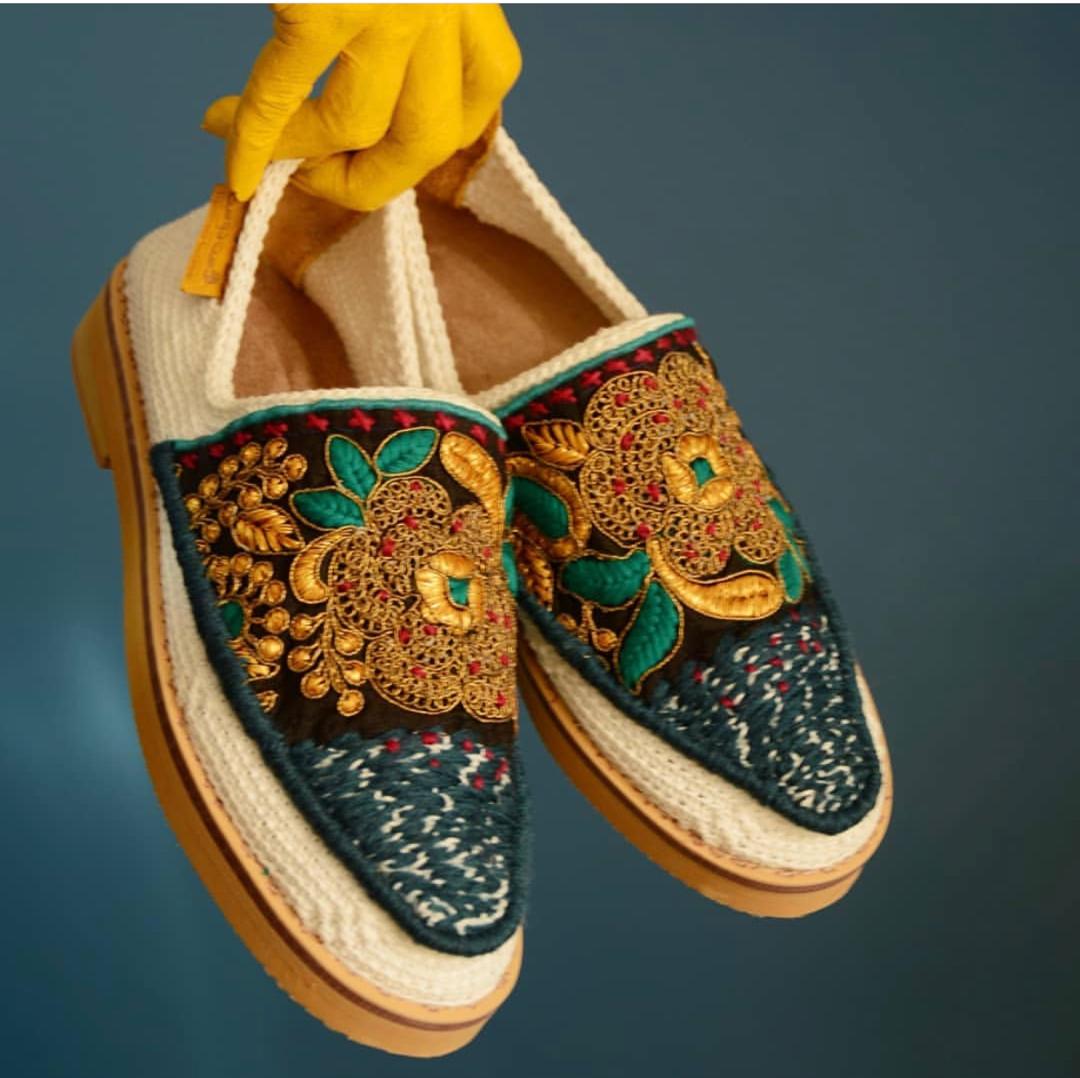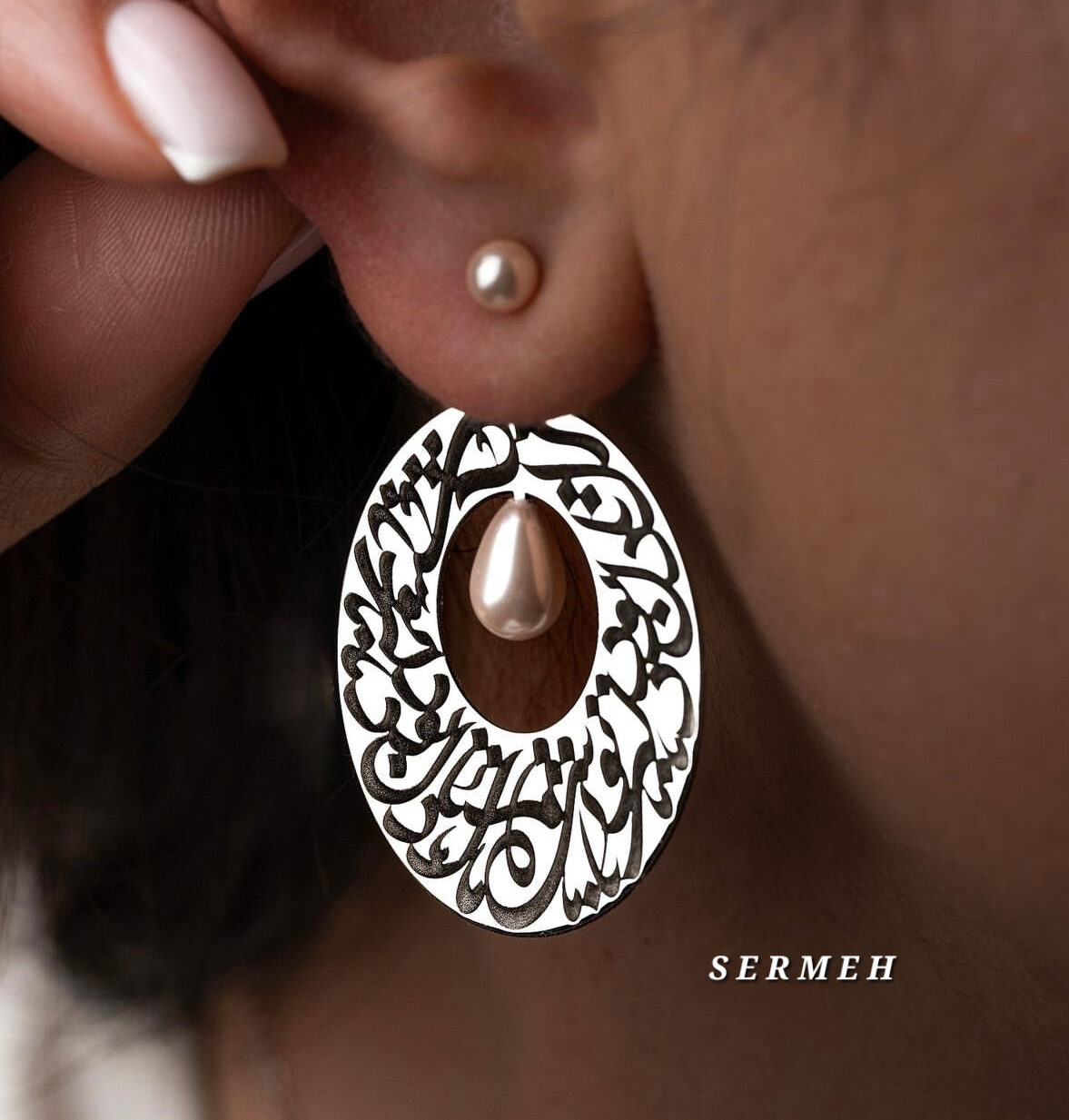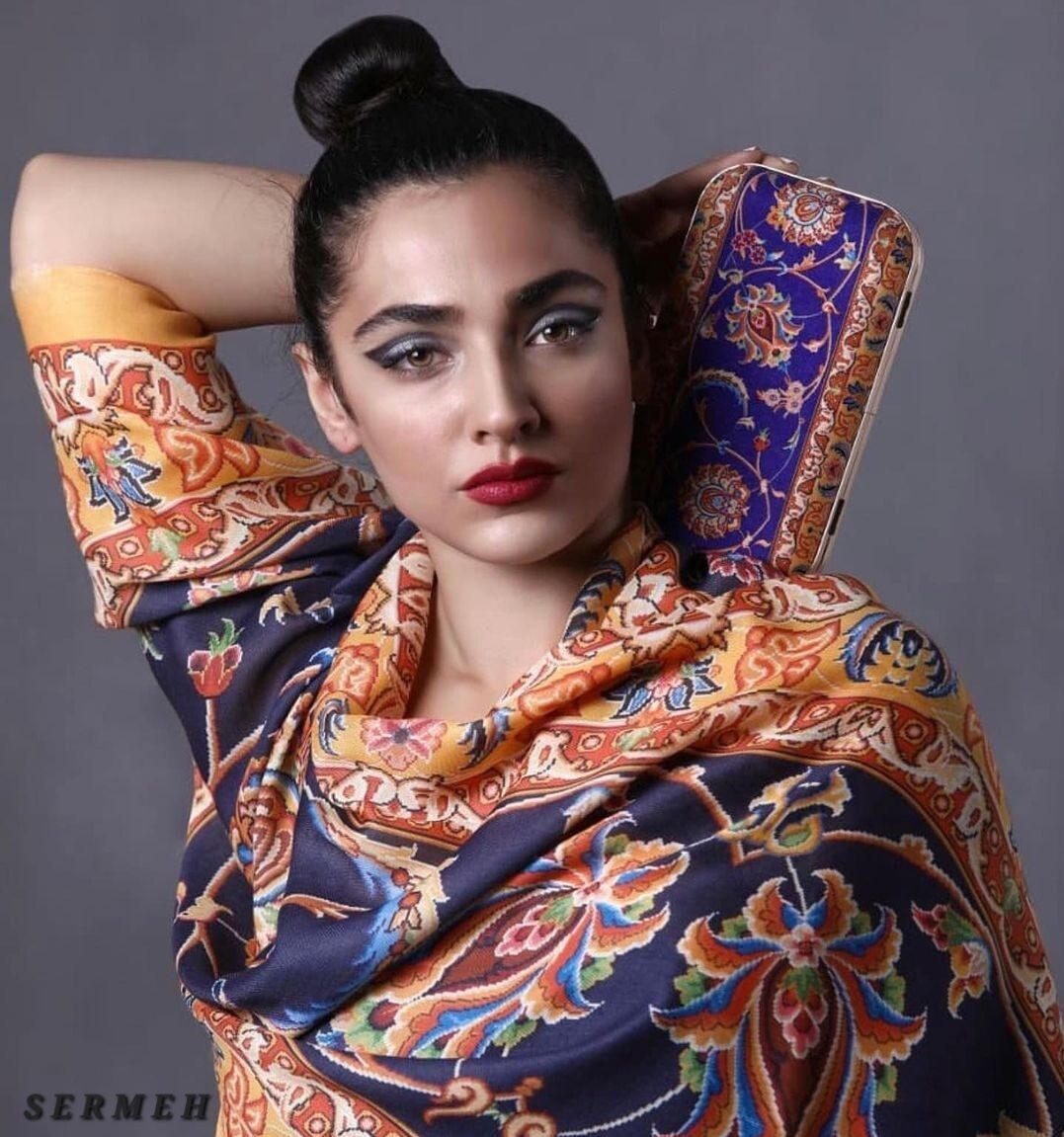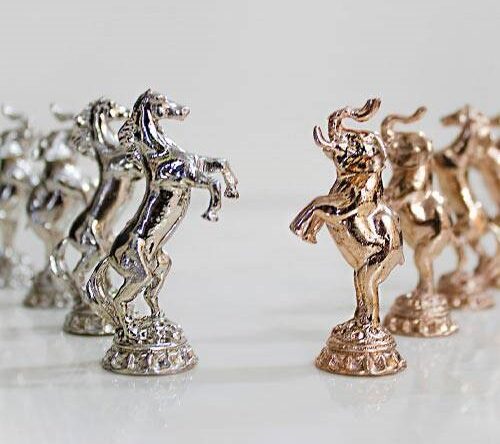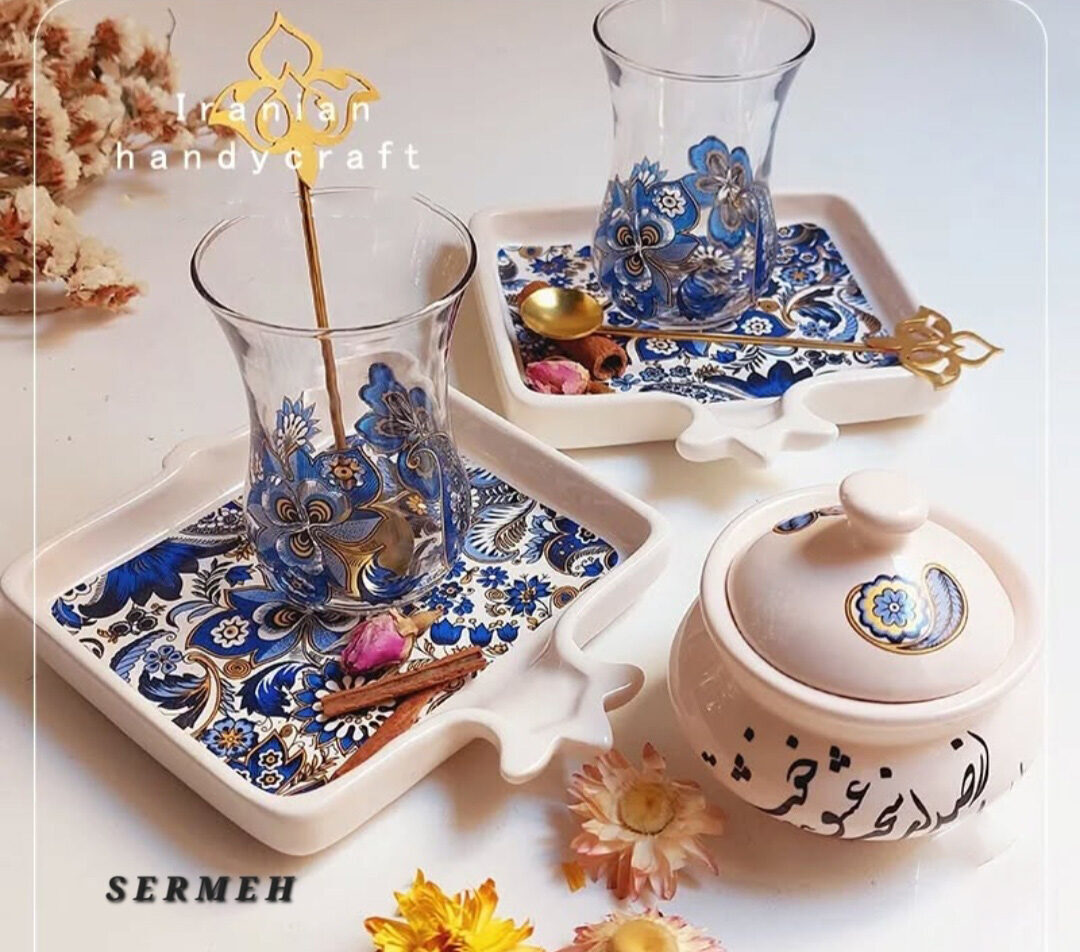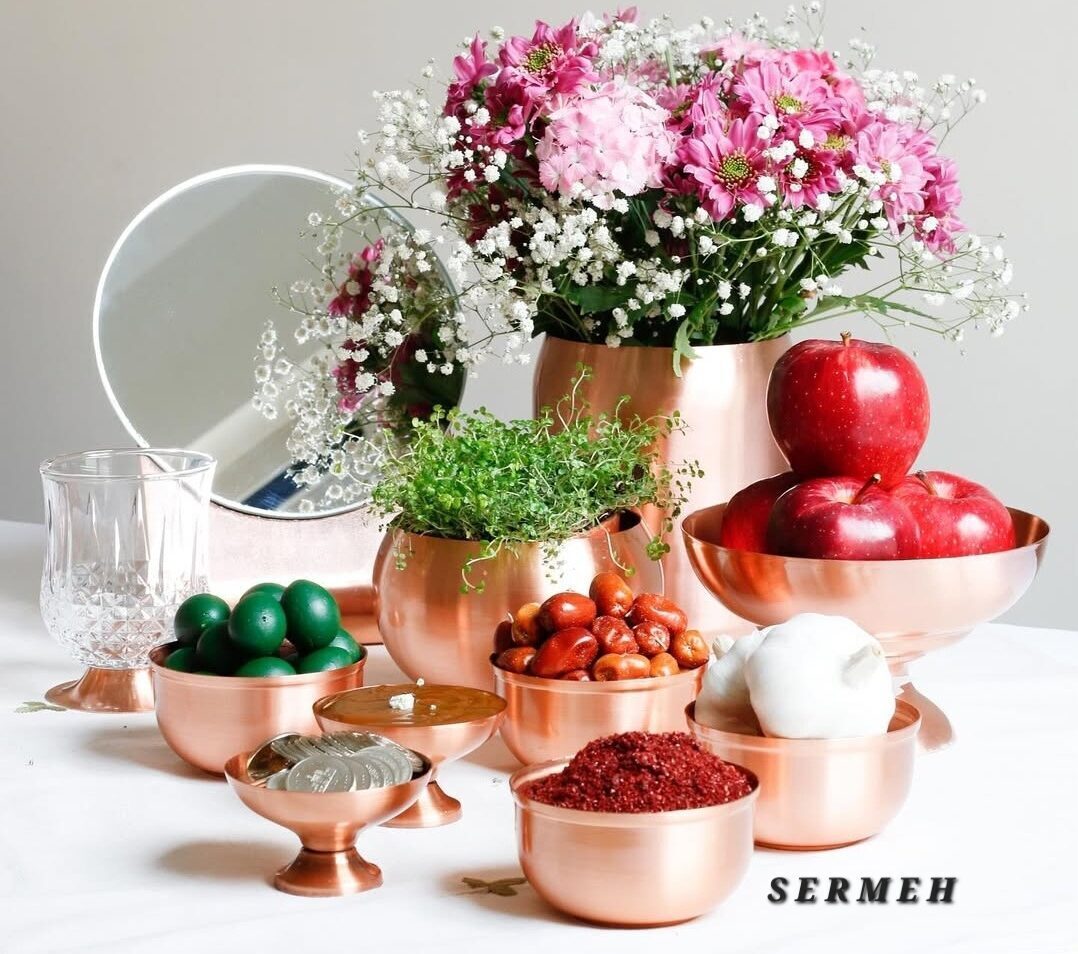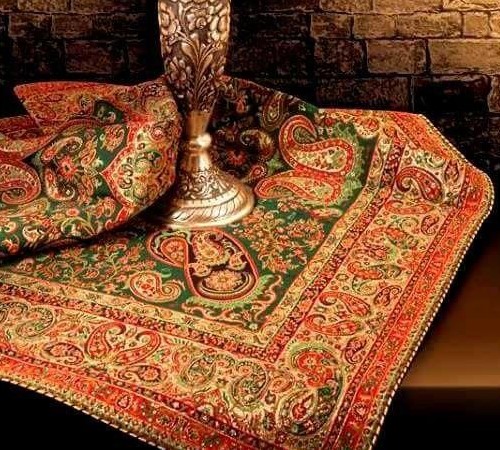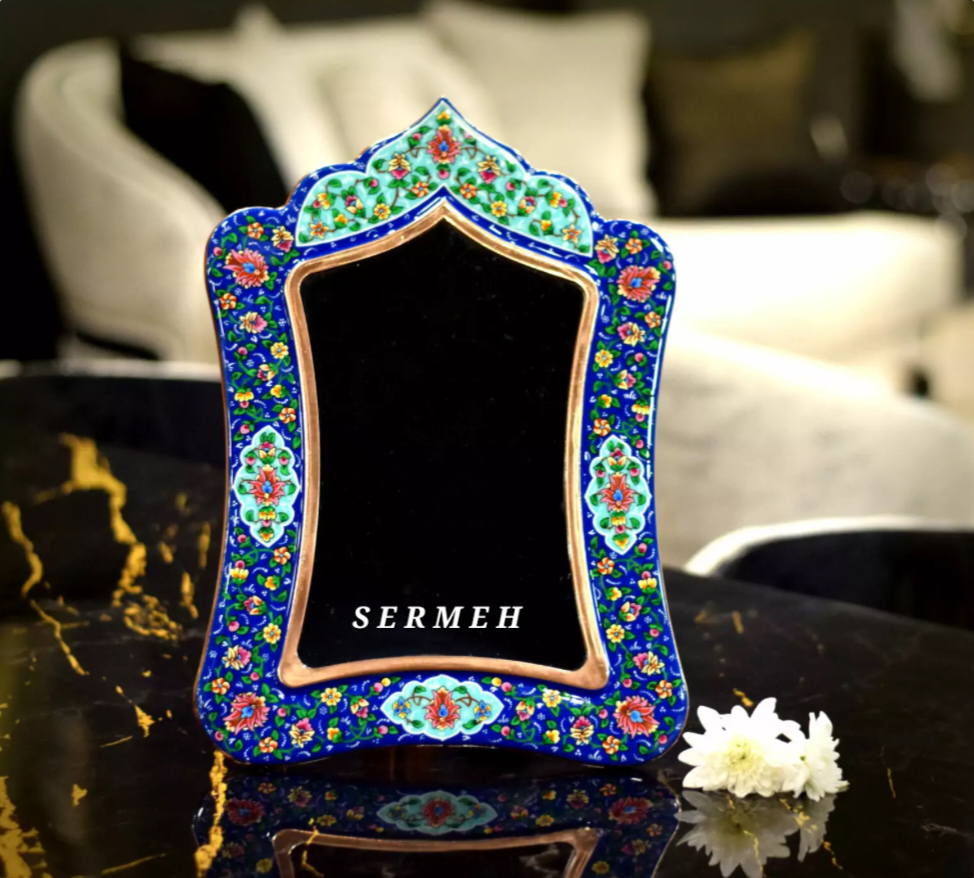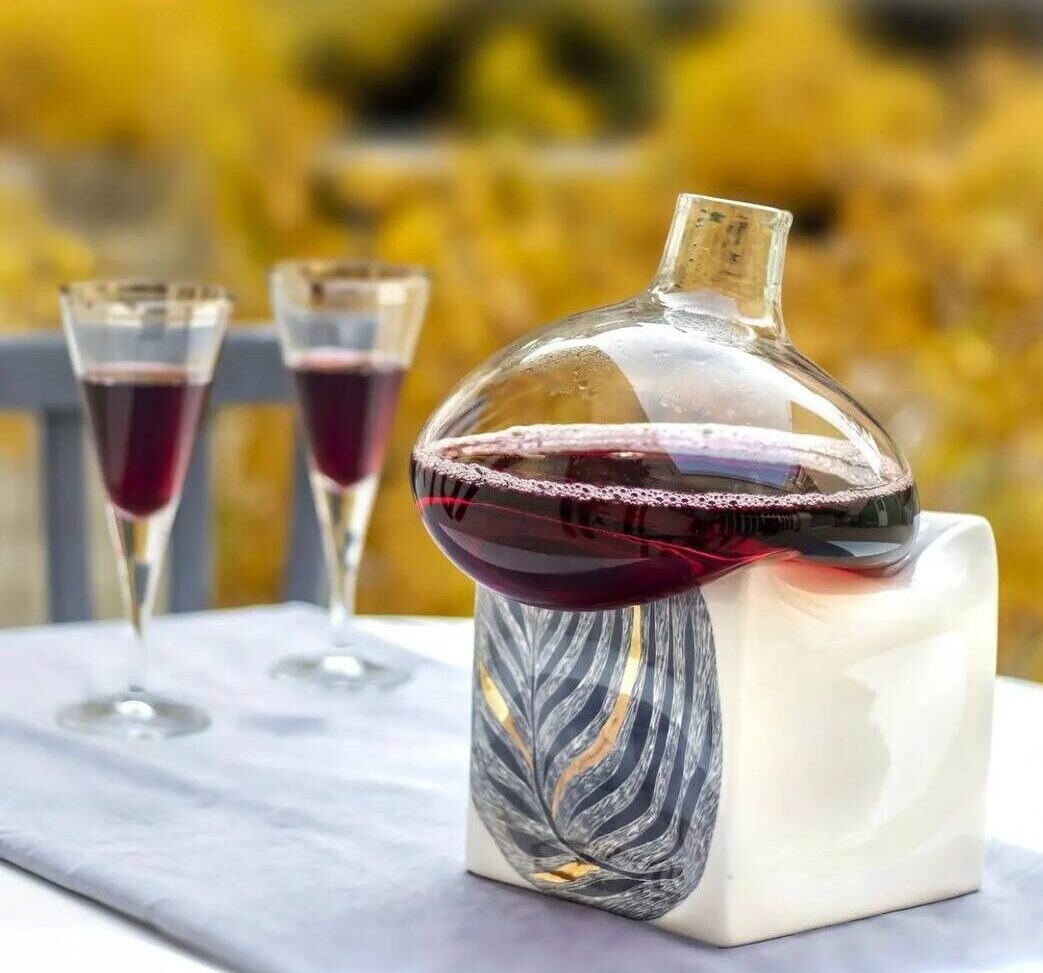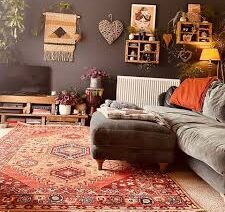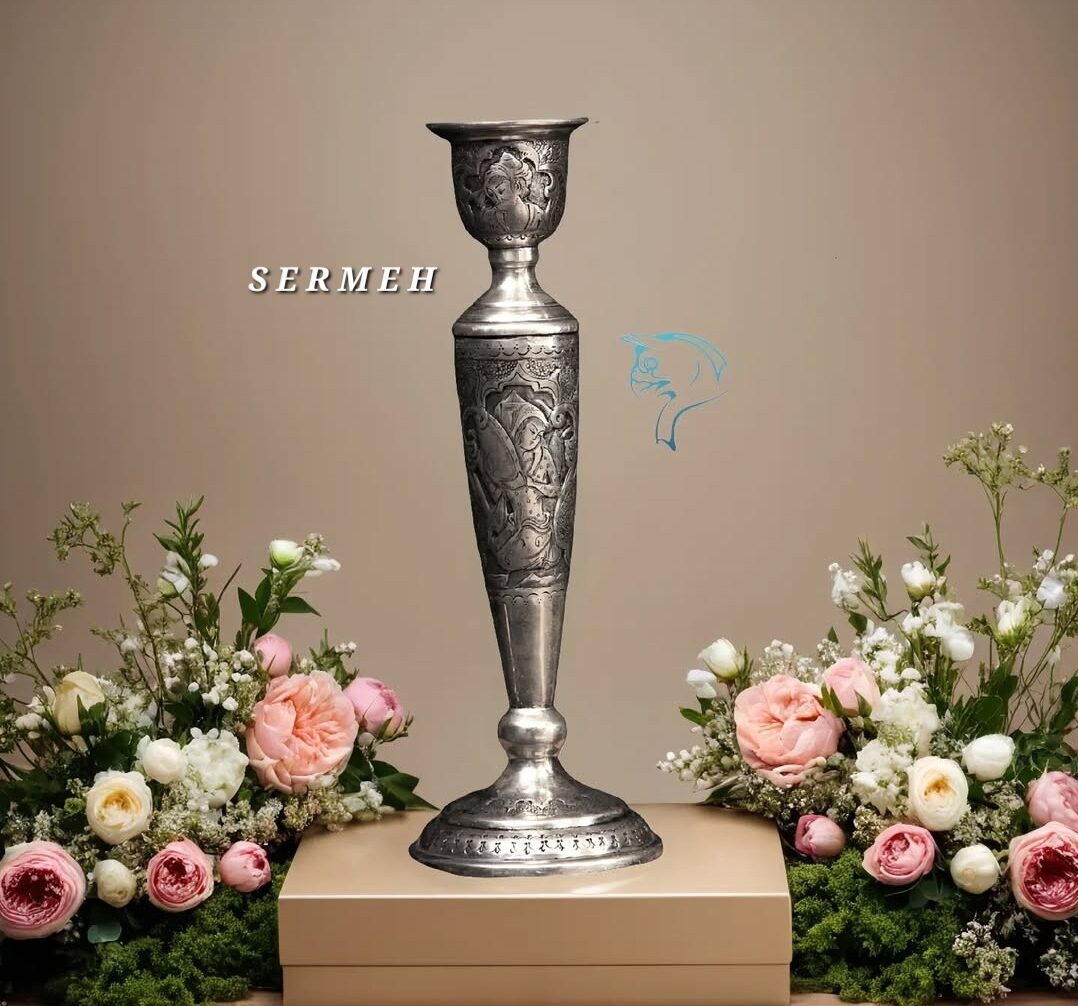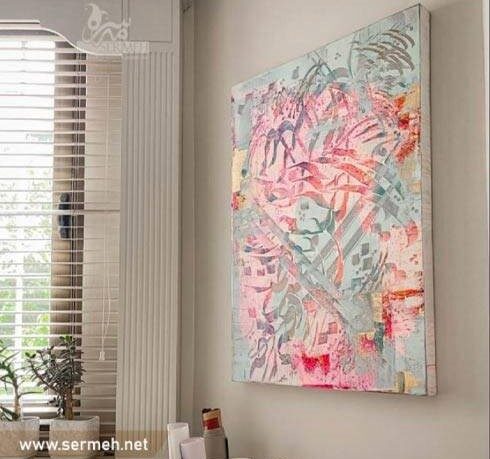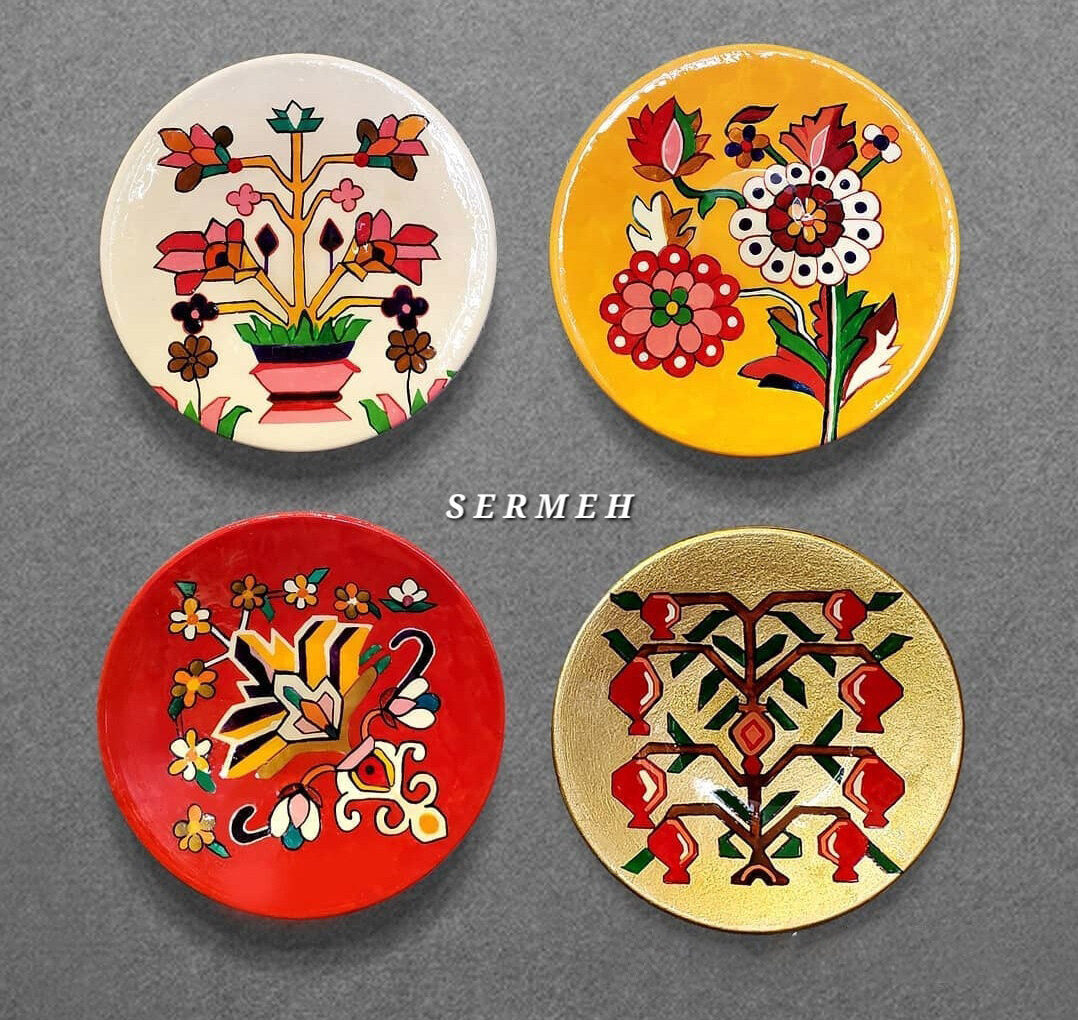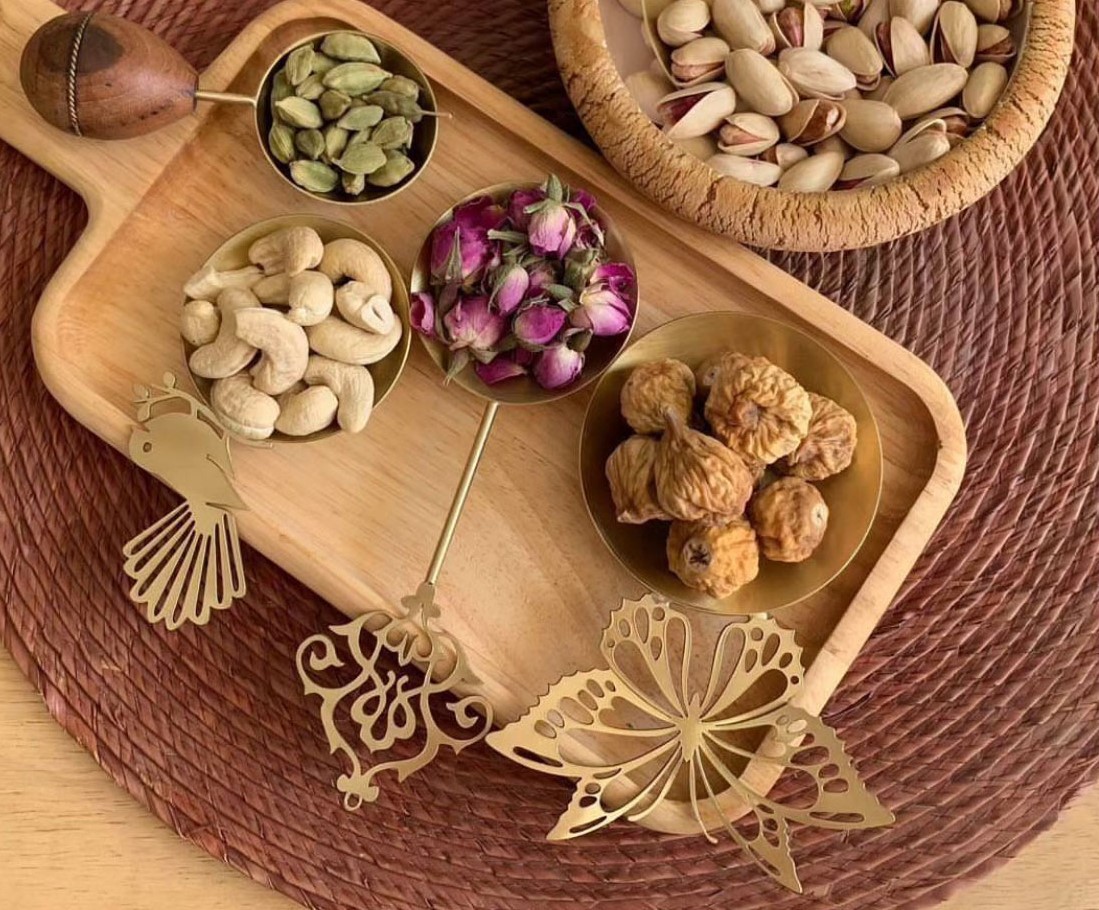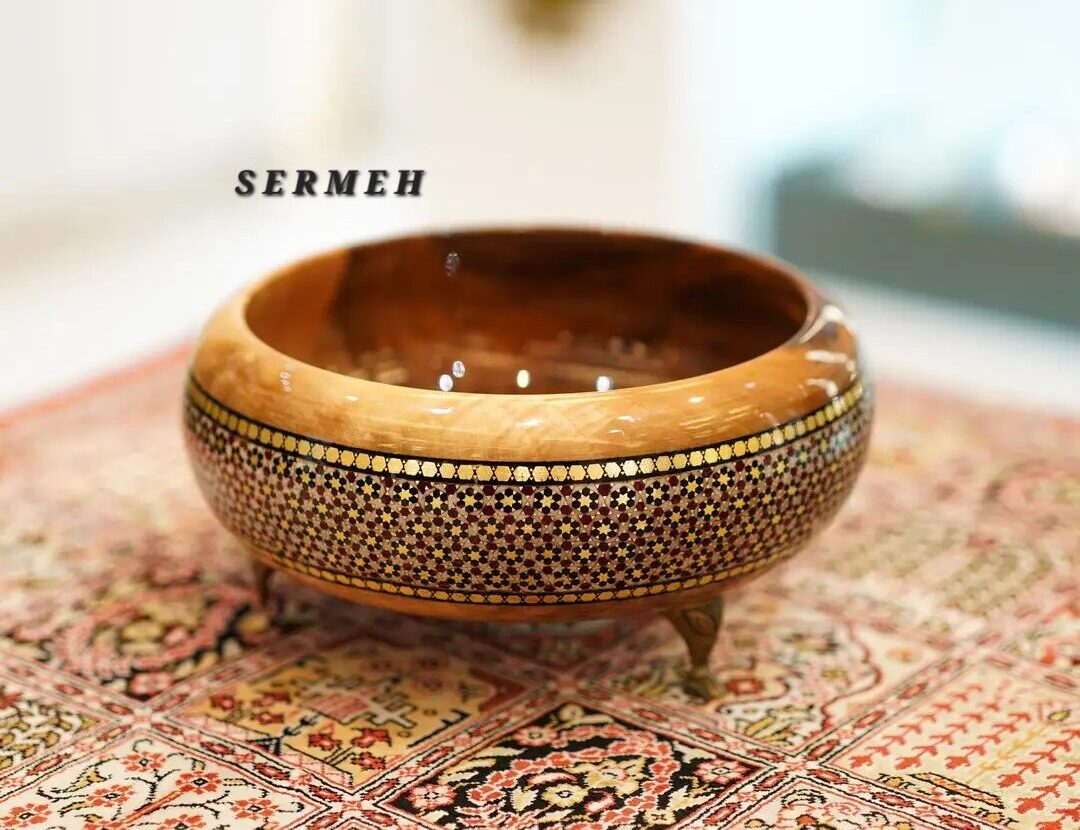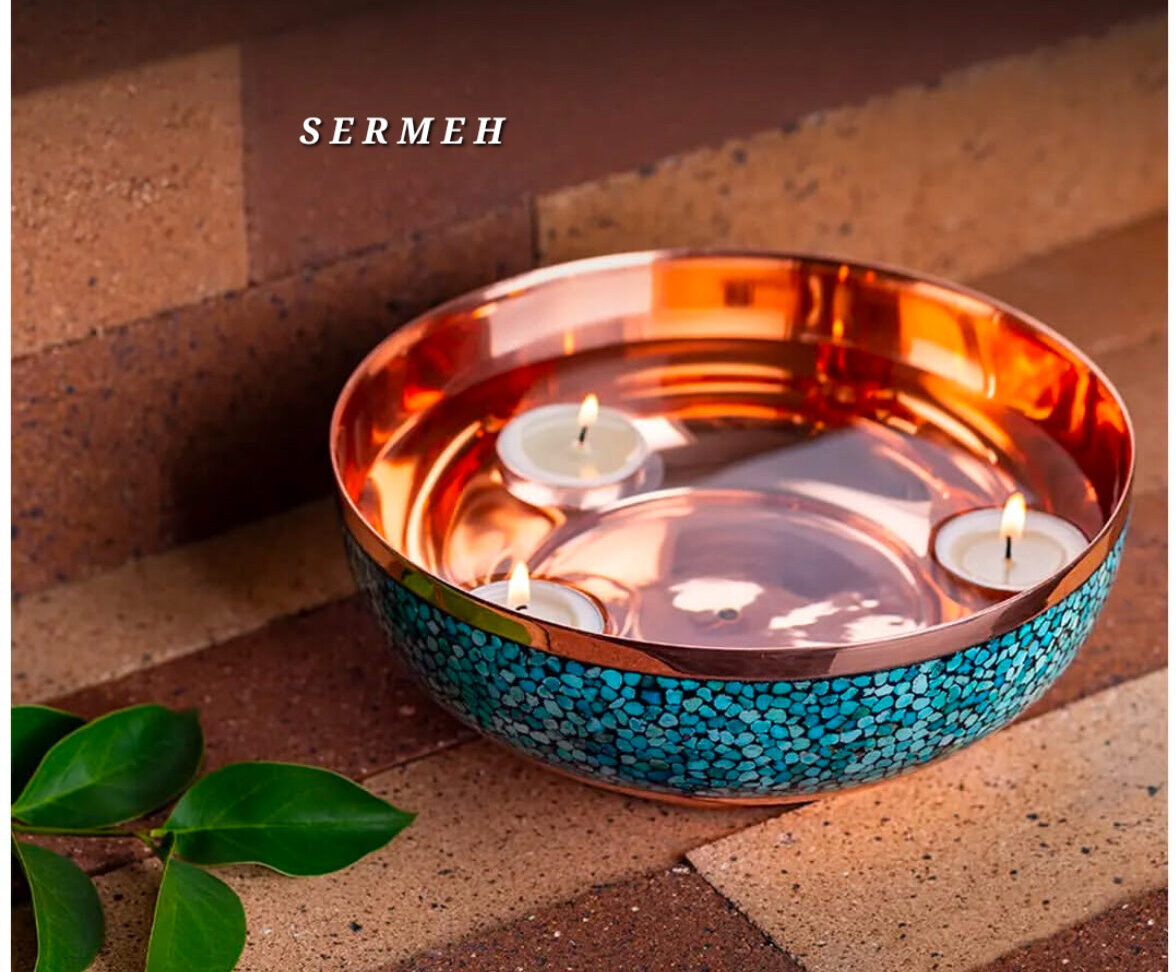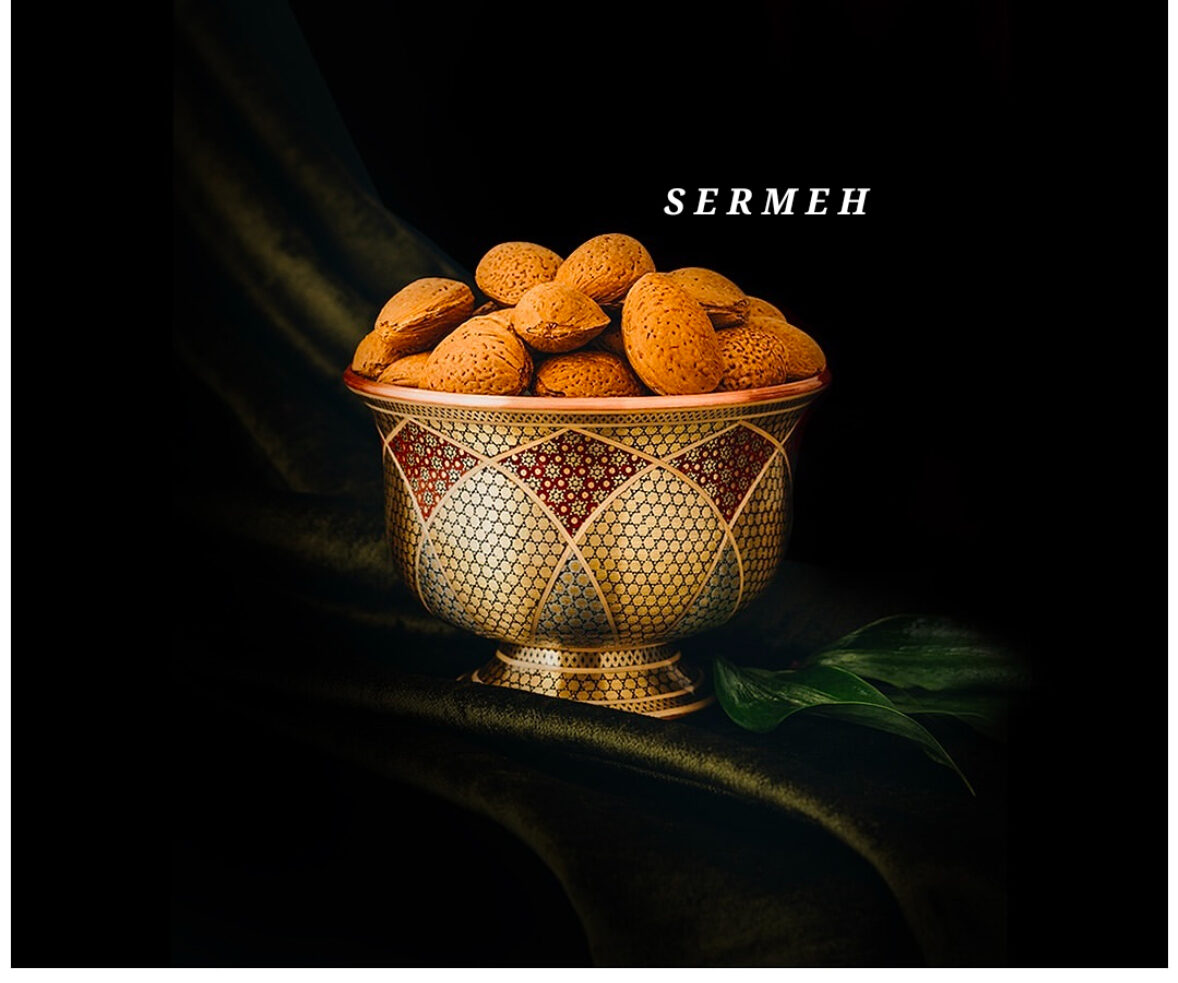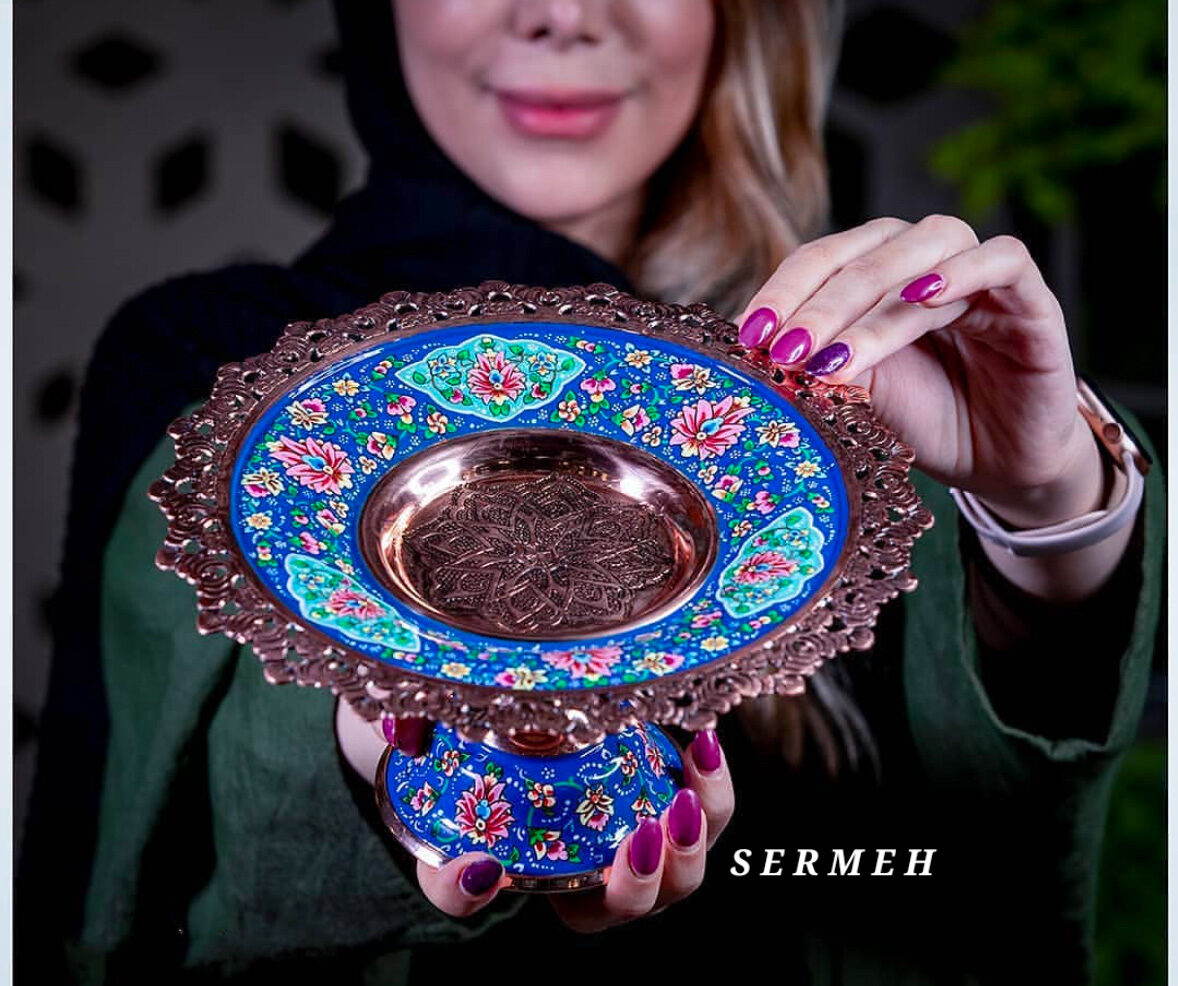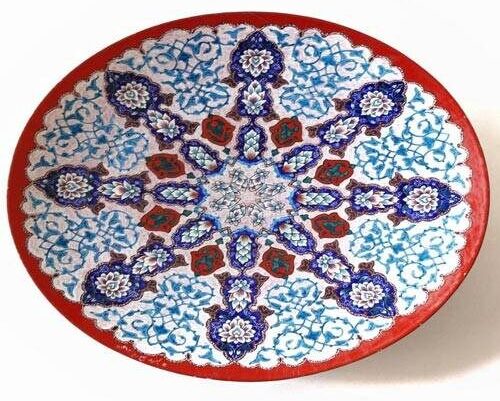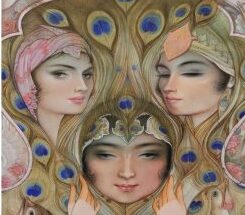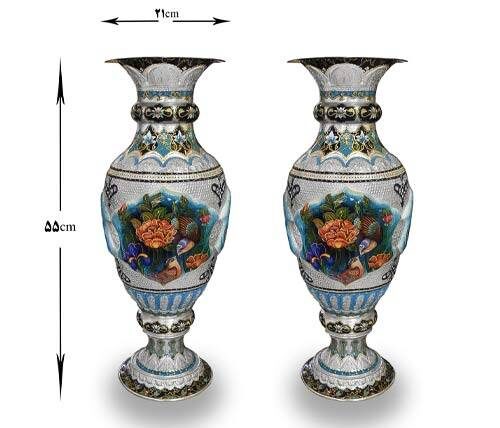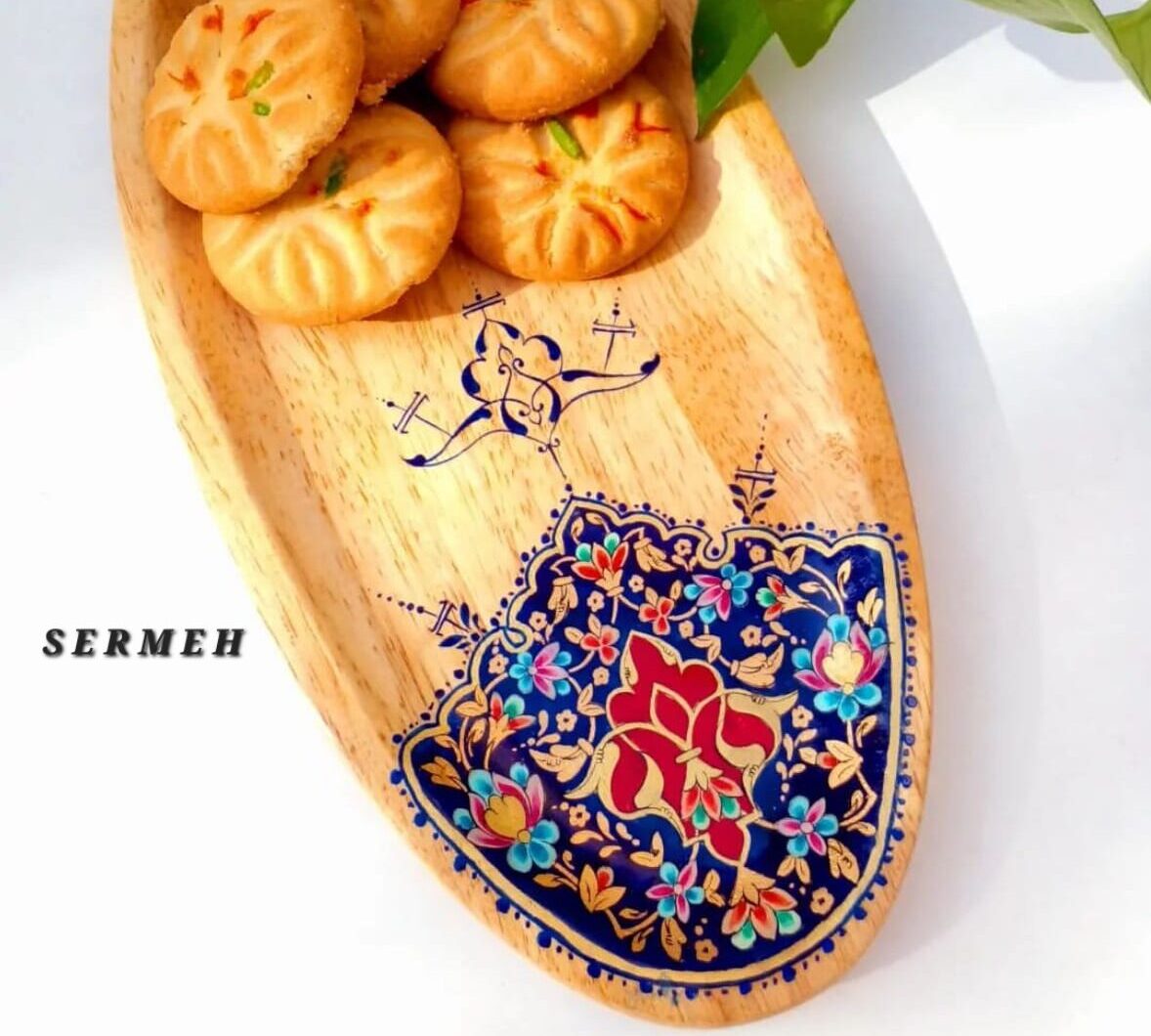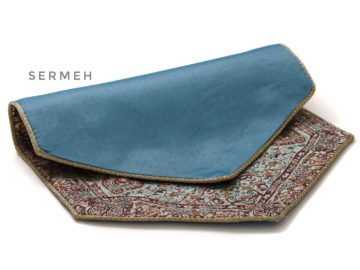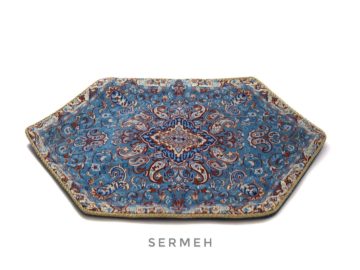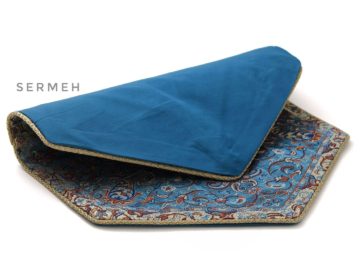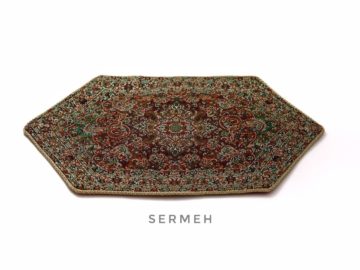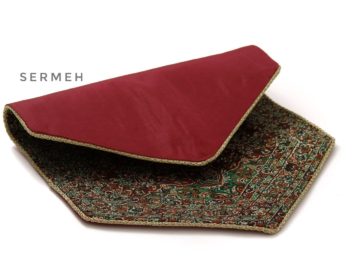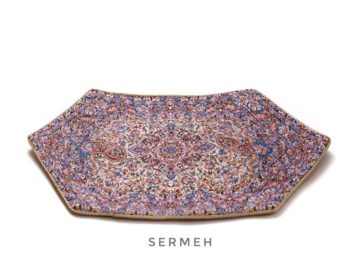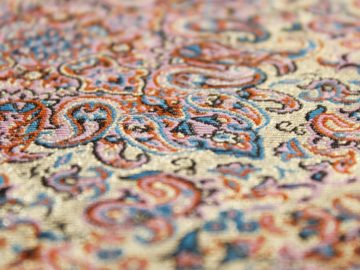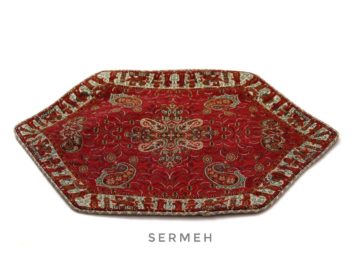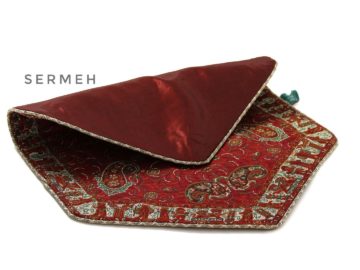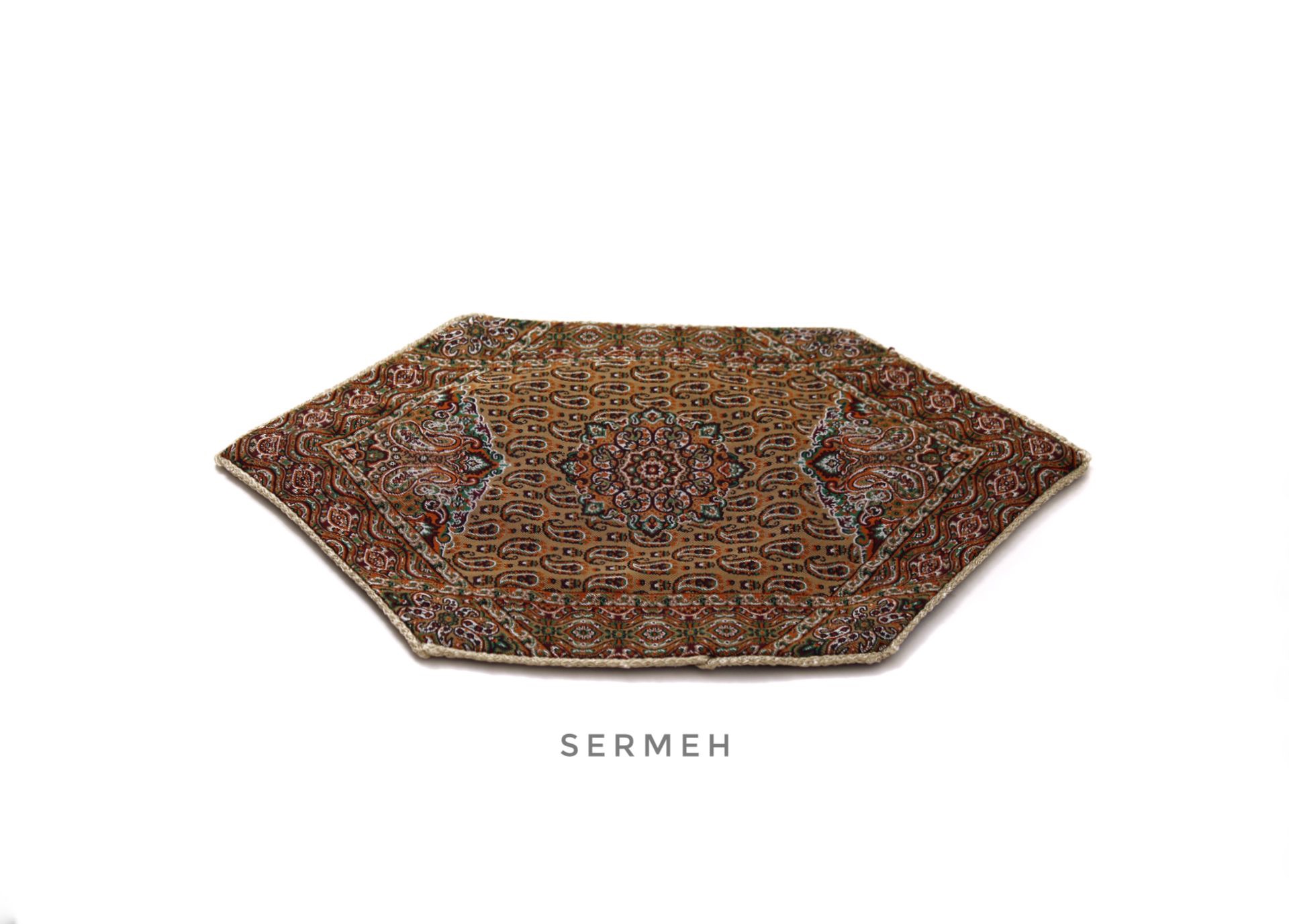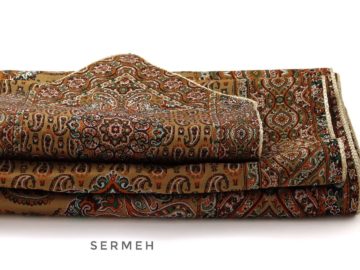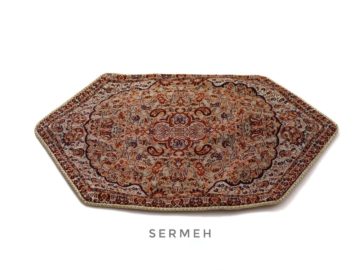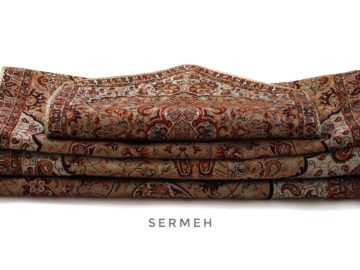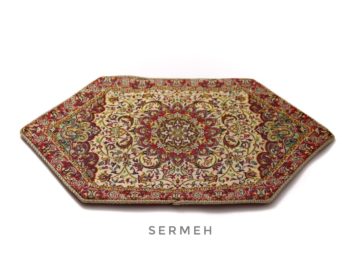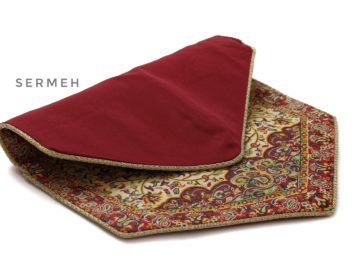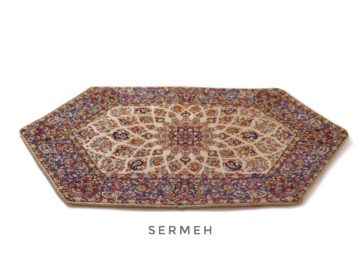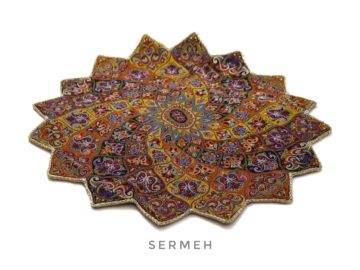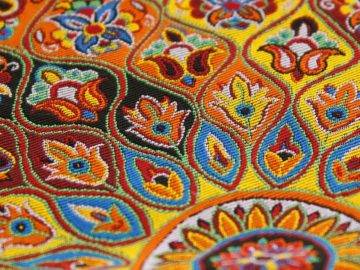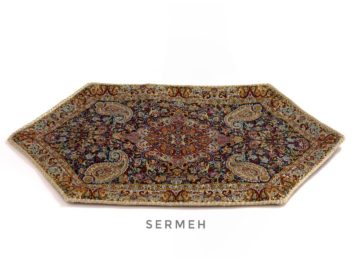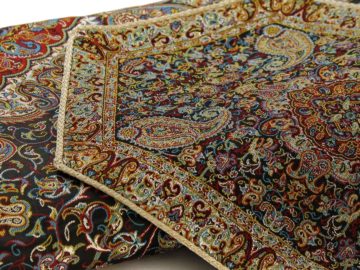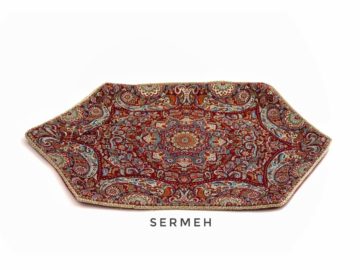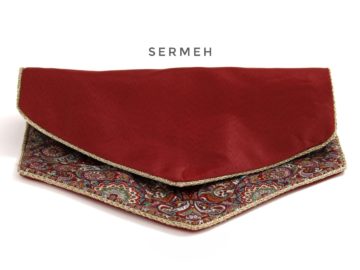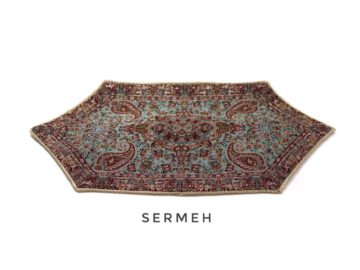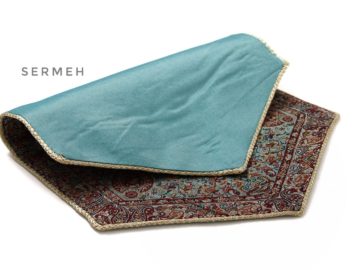Showing all 14 results
- View as:
- Sort by:
Persian Termeh
Termeh is one of the traditional and expensive Iranian fabrics that has many uses. It is the handicraft of Yazd city, which is also bought as a souvenir. Today, we try to make you more familiar with this valuable hand-woven fabric. Persian Termeh or cashmere is a patterned and delicate fabric, most of which is known for its pattern of wool and is woven from wool and silk.The applications of Termeh fabric
In ancient times, kings and rich people used Termeh to sew clothes, curtains, funerals, etc. Today, high and middle-income groups give each other gifts as gifts, as well as applications such as Mattresses and quilts, tablecloths, rumbles, etc.Persian Termeh Fabric
One of the Iranian arts to decorate tables is to use of Termeh Handwoven Persian Fabric made of two strands of woven yarn, the warp, and the weft. The weft is usually woven more loosely than the warp.
Weaving Termeh Handwoven fabric is not an easy job. On traditional machines, weaving this fine fabric can take a long time and needs dexterous hands and much precision. Using traditional machines about 20 to 25 centimetres of fine Termeh can be woven per day
It had a variety of uses in the past, including making fine clothes for courtiers and noblemen and women, curtains, praying rugs, wedding gifts, and so on. Today, Termeh is used in furniture, backrest pillows, and tablecloths. It's Fabric was used in the past mostly by kings and nobles but today it is used mostly by the middle and upper class. It is usually presented as a gift for weddings, and formal and family ceremonies.
Luxurious Iranian Handwoven Textile
Today, with the new wave of welcome and luck to handicrafts in everyday life, we are witnessing the growth and variety of Termeh fabric used in various forms. This luxurious Iranian handwoven textile is used in the industry of making bags, backpacks, handbags, furniture, cushions, stylish gift boxes, tablecloths, runners, decorative frames, bedspreads, and many other goods.
In short, It is one of the textiles that is woven from high-quality wool with long fibres or silk. Its fabric is one of the most important and beautiful handicraft products in Iran, which has a long history and originality, elegance, and unparalleled variety. There is no exact and clear origin for Termeh as handwoven silk and wool fabric and according to most relevant experts and the available evidence, Iran and Kashmir are two homelands and the main birthplace of this lasting art.
Termeh fabric is the most traditional kind of Persian textile. It is produced in Yazd city. Termeh has a high density, so it is regarded as a handicraft. Iranians’ tastes and originality in weaving this delicate texture are unique in the world.
Termeh is one of the oldest traditional arts in Iran, this handicraft was woven as handmade. Today silk Termeh with different colors is finding in Yazd Province (Historical city and second ancient city by ranking of UNESCO), in this regard Termeh weaving is the oldest art works.
Termeh is a very durable cloth in which fixed colours are used so it can be washed and dried easily. Nowadays termeh is mostly used for the collectable tablecloth and also for cushion covers.
Termeh is a woven fine and precious cloth with traditional Iranian patterns or textures which is woven by hand . Nowadays termeh is mostly used for the collectable tablecloth and also for cushion covers.
Termeh is an exquisite Handmade Luxury fabric that is usually made of wool, silk or woolen fibers decorated mostly by paisley pattern. Termeh is also pronounced Terameh and has sometimes been considered an equivalent of Cashmere.
Termeh is an exquisite Handmade Luxury fabric that is usually made of wool, silk or woolen fibers decorated mostly by paisley pattern. Termeh is also pronounced Terameh and has sometimes been considered an equivalent of Cashmere.
Termeh is a handwoven cloth of Iran, primarily produced in the Yazd province.Weaving Termeh requires a good wool with tall fibers. Weaving Termeh is a sensitive, careful, and time-consuming process; a good weaver can produce only 25 to 30 centimeters in a day.
Termeh refers to the delicate fabric that is made of two strands of woven and woven yarn. The fabric is loose on the back of the Termeh. Its weave density is high. Its body is made of wool or silk with traditional Iranian designs.
Termeh refers to the delicate fabric that is made of two strands of woven and woven yarn. The fabric is loose on the back of the Termeh. Its weave density is high. Its body is made of wool or silk with traditional Iranian designs.
Termeh refers to the delicate fabric that is made of two strands of woven and woven yarn.The fabric is loose on the back of the Termeh. Its weave density is high. Its body is made of wool or silk with traditional Iranian designs.
Termeh is an exquisite fabric that is usually made of wool, silk or woolen fibers decorated mostly by paisley pattern. . Iranians’ originality in weaving this delicate texture, the material they use and their creativity in designs are unique in the world.
Termeh is an exquisite fabric that is usually made of wool, silk or woolen fibers decorated mostly by paisley pattern. Termeh is also pronounced Terameh and has sometimes been considered an equivalent of Cashmere.
Termeh is a woven fine and precious fabric with traditional Iranian patterns or textures which is woven by hand . Nowadays Termeh is mostly used for the collect able tablecloth and also for cushion covers.
As you can see, this product includes different types of artistic cushions and pillow covers. The design of these cushions uses beautiful and special elements of Iranian art and culture, which has doubled their beauty.
You need a cushion for your personal use and home decor, and you can show your stylish and special taste by buying these cushions.
This product includes:
- Different types of artistic cushions
- 40*40 CM
- The design has special elements of Persian art
- Each has a different design

